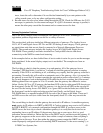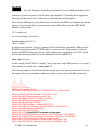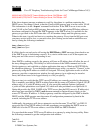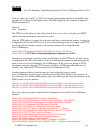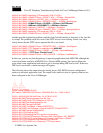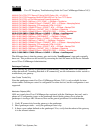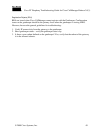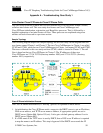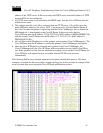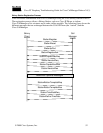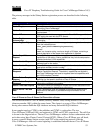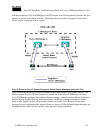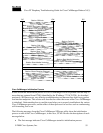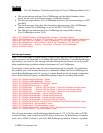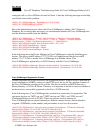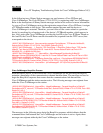
Cisco IP Telephony Troubleshooting Guide for Cisco CallManager Release 3.0(1)
© 2000 Cisco Systems, Inc. 51
address of the TFTP server. In this case study, the DHCP server sent the IP address of TFTP
because DNS was not configured.
3. If a TFTP server name is not included in the DHCP reply, then the Cisco IP Phone uses the
default server name.
4. The configuration file (.cnf) file is retrieved from the TFTP server. All .cnf files have the
name SEP<mac_address>.cnf, where “SEP” is an acronym for Selsius Ethernet Phone. If
this is the first time the phone is registering with the Cisco CallManager, then a default file,
SEPdefault.cnf, is downloaded to the Cisco IP Phone. In this case study, the first
Cisco IP Phone uses the IP address 172.16.70.230 (it’s MAC address is SEP0010EB001720),
and the second Cisco IP Phone uses the IP address 172.16.70.231 (it’s MAC address is
SEP003094C26105).
5. All .cnf files include IP address(es) of the primary and secondary Cisco CallManager(s). The
Cisco IP Phone uses the IP address to contact the primary Cisco CallManager and register.
6. Once the Cisco IP Phone has connected and registered with Cisco CallManager, the
Cisco CallManager tells the Cisco IP Phone which executable version (called a load ID) to
run. If the specified version does not match the executing version on the Cisco IP Phone, the
Cisco IP Phone will request the new executable from the TFTP server and reset
automatically.
The following Sniffer trace example summarizes the phone initialization process. This trace
example is not taken for this case study’s sample topology, but it does provide an example of the
series of events that occur during the Cisco IP Phone initialization process.



